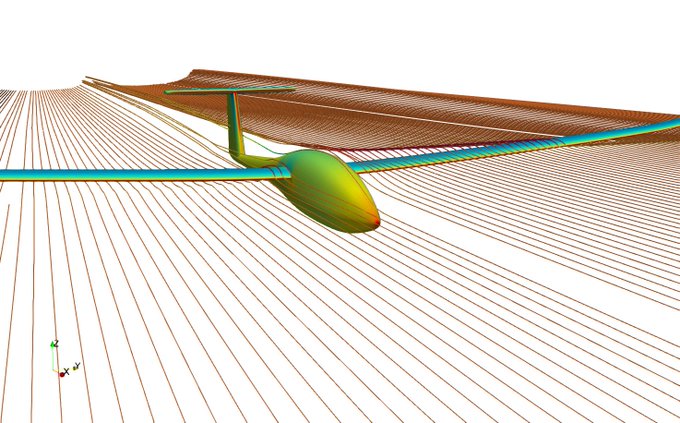Instructed by Mr. Matej Forman, OpenFOAM training team leader, ESI Group
Highlights:
ü Bootcamp-style live online course over 2 days in June
ü 1030-1930 Eastern Time (730-1630 Pacific Time)
ü Learn OpenFOAM CFD Fundamentals for Aerospace with a combination of lectures and associated hands-on lab exercises
ü All course notes and exercises will be available for download. No sessions will be recorded.
ü All students will receive an AIAA Certificate of Completion at the end of the course
Overview
This course introduces the open source CFD toolbox, OpenFOAM. It provides a foundation for all aspects of OpenFOAM, from running cases to programming, so is useful to both new users and existing users wishing to broaden their basic knowledge of OpenFOAM.
An experienced trainer from OpenCFD – the company delivering official distribution of OpenFOAM every 6 months - will be presenting practical training based on the latest release. Training is based on mixture of lectures and hands-on exploring simple applications run on a cloud computer. More information can be found at https://openfoam.com/training/aerospace.php

Learning Objectives
- Learn how to install OpenFOAM for Linux or Windows from openfoam.com
- Use the built-in unstructured mesher snappyHexMesh and boundary layer controls
- Apply appropriate physics and boundary conditions for aerospace applications
- Hands-on exercise on a standard airfoil example using a RANS model
- Hands-on exercise on 3D geometry – full aircraft and wing with aileron
- New adjoint-shape optimization capabilities will be presented
- Familiarize yourself with the open-source software ParaView for post-processing
- Establish the basics of OpenFOAM knowledge, leading to more advanced application and programming
- The OpenFOAM software distribution and installation
- Background in the use of Linux/UNIX
- OpenFOAM applications
- Basic meshing
- Field initialization and boundary conditions
- Selecting models and setting parameters
- Solution monitoring and control
- Advanced meshing using snappyHexMesh
- Mesh quality assessment
- Reynolds-averaged simulation for turbulence
- Post-processing tools and visualization
- Running in parallel
- The finite volume method and PISO/SIMPLE/PIMPLE algorithms
- Best practices on solver and discretization setup
- Aerospace specific examples and cases – airfoil, wing, simple aircraft

